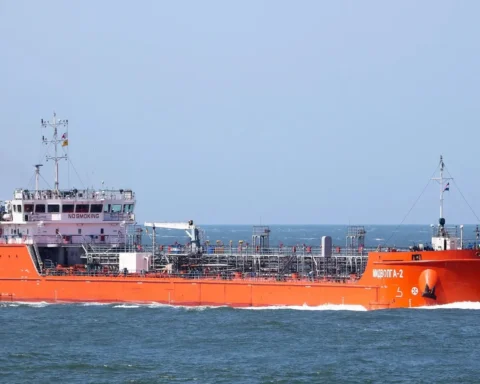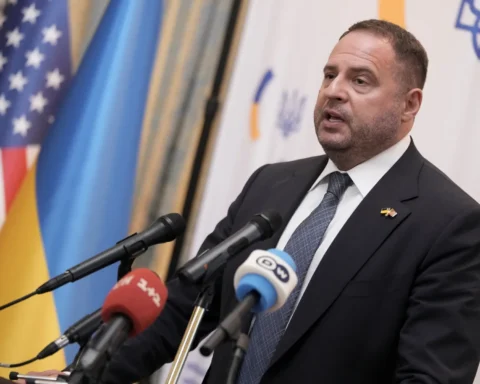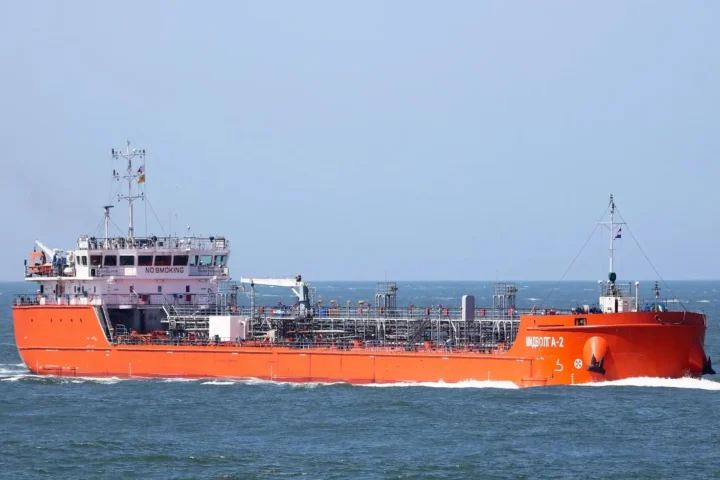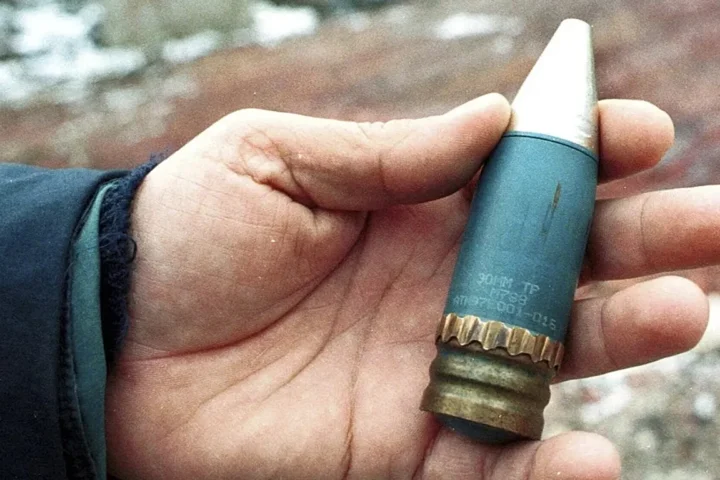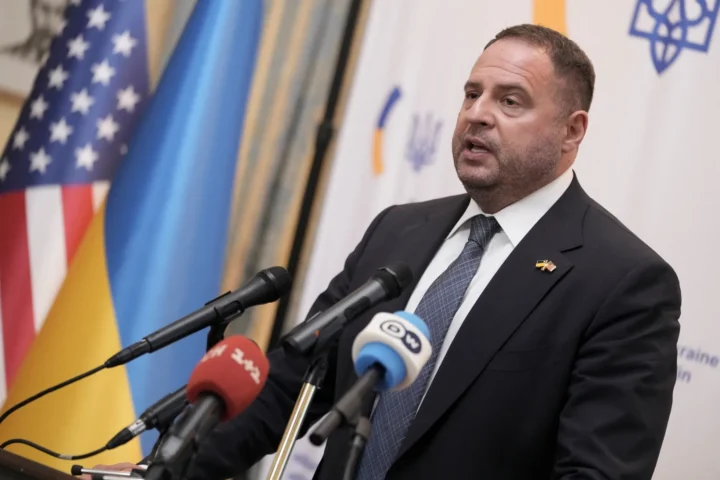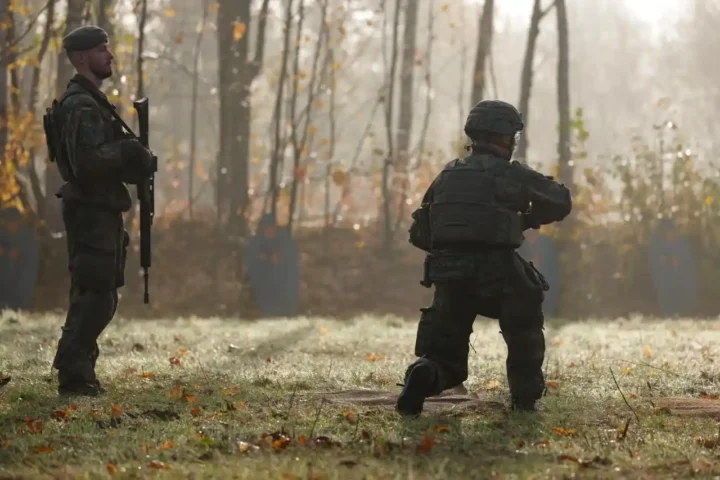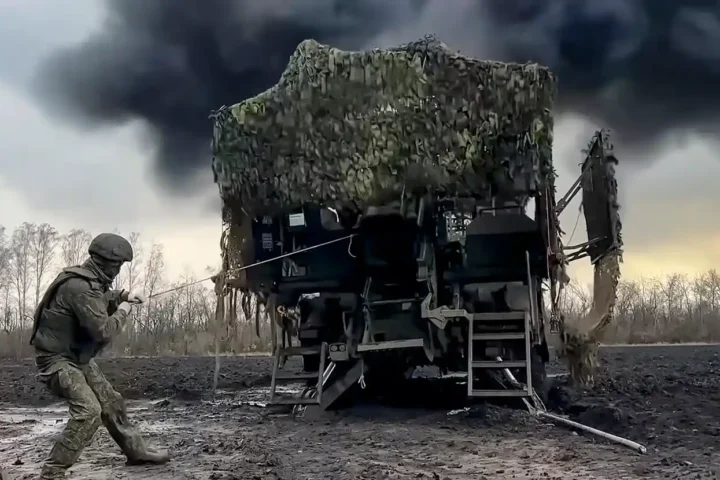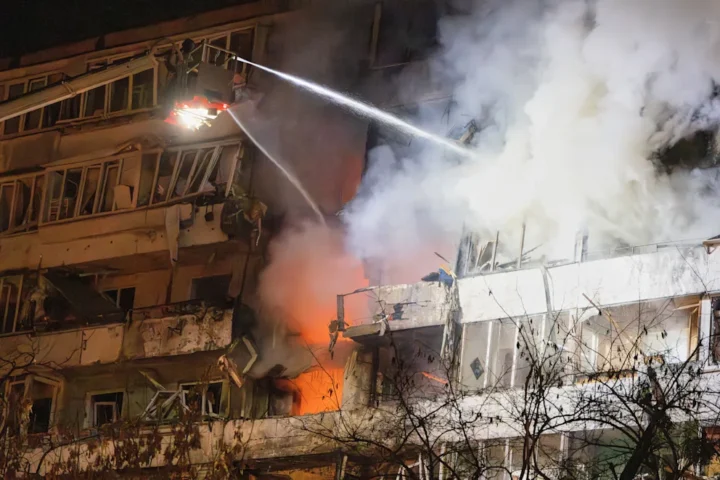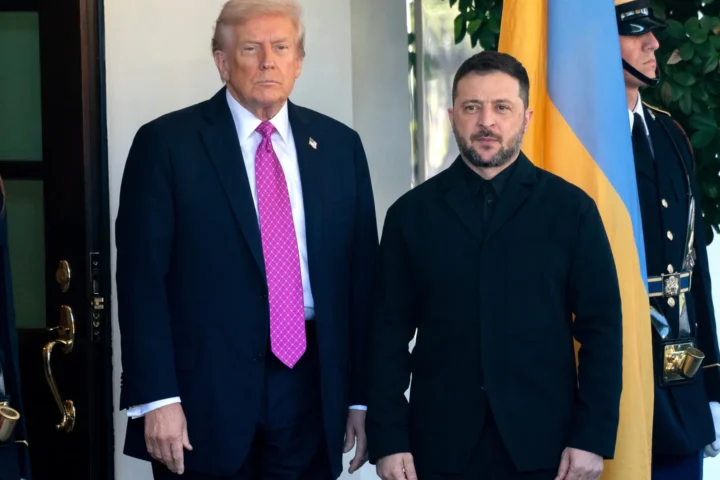In its latest forecast, the Central Bank once again predicts that by the end of the current year, Russia’s economic growth will slow to zero. This would mean that material production — particularly high-tech industries, which by their nature are most vulnerable to a deep recession — will enter a phase of acute crisis, losing not only the capacity to maintain current operations but also beginning to deplete or “consume” their core production assets. According to the Center for Macroeconomic Analysis and Short-Term Forecasting (CMASF), this process could become irreversible even if the key interest rate were to be significantly reduced. Even in the face of such a scenario — one that would inevitably result in a contraction of goods supply and a sharp jump in retail prices — the regulator has no intention of abandoning its tight monetary policy stance.
The government is being forced to implement a set of measures to pull the economy out of what the Central Bank calls a “balanced growth trajectory,” but which in reality resembles a freefall. The latest version of the state program Economic Development and Innovative Economy explicitly states that, alongside external sanctions, the main challenge and risk for the innovative economy — and for economic development as a whole — is “a decline in investment activity due to the untimely return to a looser monetary policy.” This assessment of the recent key rate cut is, in fact, overly diplomatic given the well-known statement by Central Bank Deputy Governor Alexey Zabotkin, who bluntly remarked: “The Central Bank has no mandate to develop the economy” — thereby pointedly reminding the government, and its appeals for monetary easing, of its subordinate place within the regulator’s framework.
Against this backdrop, the government is carrying out a number of mobilization measures to offset the destructive effects of the Central Bank’s actions. In particular, Government Decree No. 1158 of August 2 tightens the conditions under which the funding volumes of state programs and national projects can be revised. Any amendments will have to be justified and submitted before the draft budget is presented to the State Duma. Moreover, if proposed changes could potentially worsen target indicators by more than 10%, presidential approval will be required; if target metrics remain unchanged, a decision by the prime minister will suffice. To resolve disagreements over the funding parameters of state programs in their regional component, the national project’s curator (a deputy prime minister) will now involve members of the relevant commission. This procedure is being introduced for the first time, prompted in part by the chronic practice of amending the consolidated budget schedule for state programs — in 2024 alone, 6,500 changes were made. As a result, 59% of planned facilities were not commissioned on schedule. To mask these shortcomings, the Finance Ministry reduced the planned number of facilities to be put into operation in 2024 from 236 to 137, which in turn caused disruptions in the implementation of national projects and state programs.
The most important innovation is the integration of all government information systems (GIS) into a single framework and the full digitalization of public administration processes. Combined with the shift of budgetary spending and payments to the digital ruble, this will make it possible not only to monitor financial flows in real time and track their intended use, but — more importantly — to remove control over the money supply and its volumes from the Central Bank. This would give the government the ability, in effect, to carry out digital money issuance in the interests of the real economy, bypassing the regulator’s constraints, which it is obliged to observe under its legal commitments to the IMF.



